Sharks are one of the most misunderstood animals, thanks to their depiction in popular culture (think “Jaws,” “The Meg” and “The Shallows”).
However, these fish do not spend their lives hunting humans; they play a crucial role in balancing the marine ecosystem. They do this by feeding on smaller prey and keeping their numbers in check to prevent an imbalance in the marine ecosystem.
Dive into this post to know more about these enigmatic marine animals and free yourself from the myths and misconceptions about sharks. You’ll also learn interesting facts about these magnificent sea creatures, and what you can do to protect them and their homes.
Galeophobia, or selachophobia, is the irrational fear of sharks. This phobia is said to have grown in popularity when “Jaws,” the American thriller film, came out in 1975.
A welcome note from Brian Chouinard
Are sharks mammals?
No, sharks are fish that belong to the elasmobranch group. They use their gills to breathe oxygen in the water and don’t care for their young, qualities uncharacteristic of mammals.
Do sharks have bones?
Sharks don’t have bones. They have a flexible cartilaginous skeleton strengthened by calcium salts, which they get from the food they eat. Their teeth are composed of enameloid, an enamel-like tissue that covers the dentine, making their teeth hard like bone.
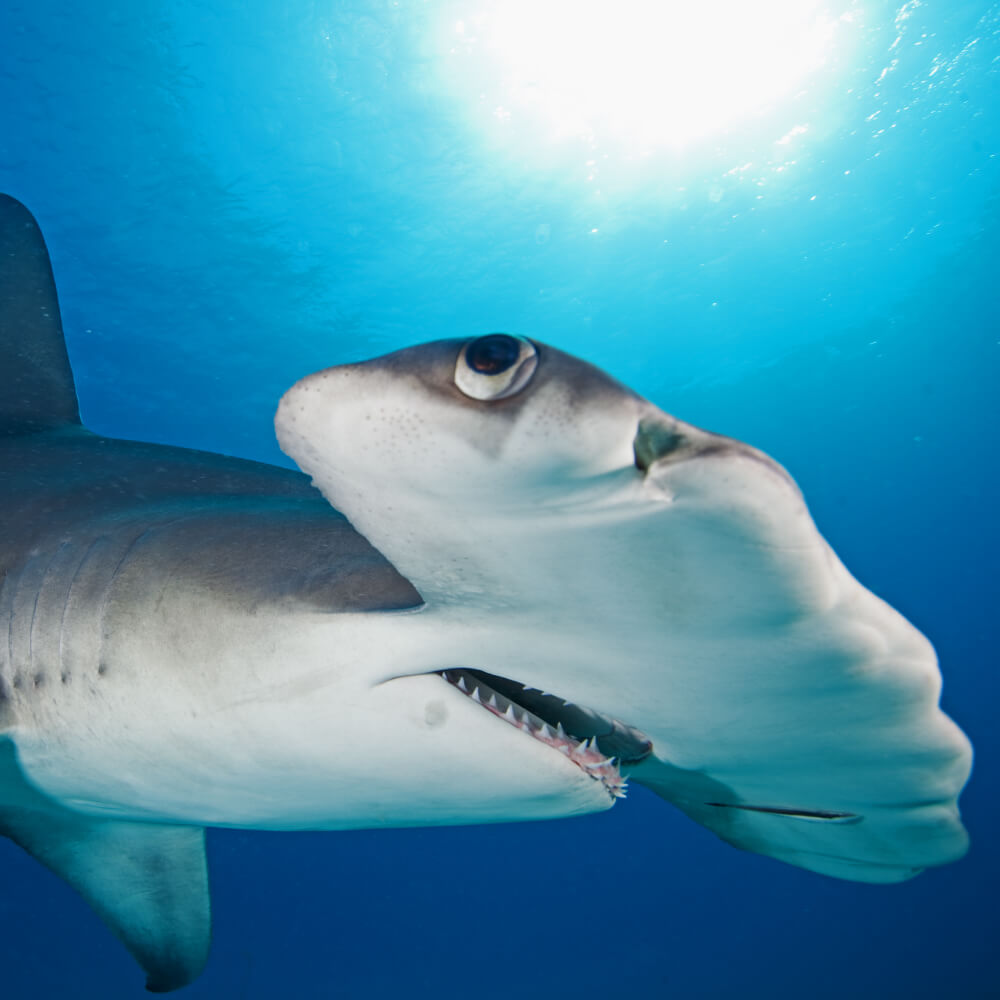
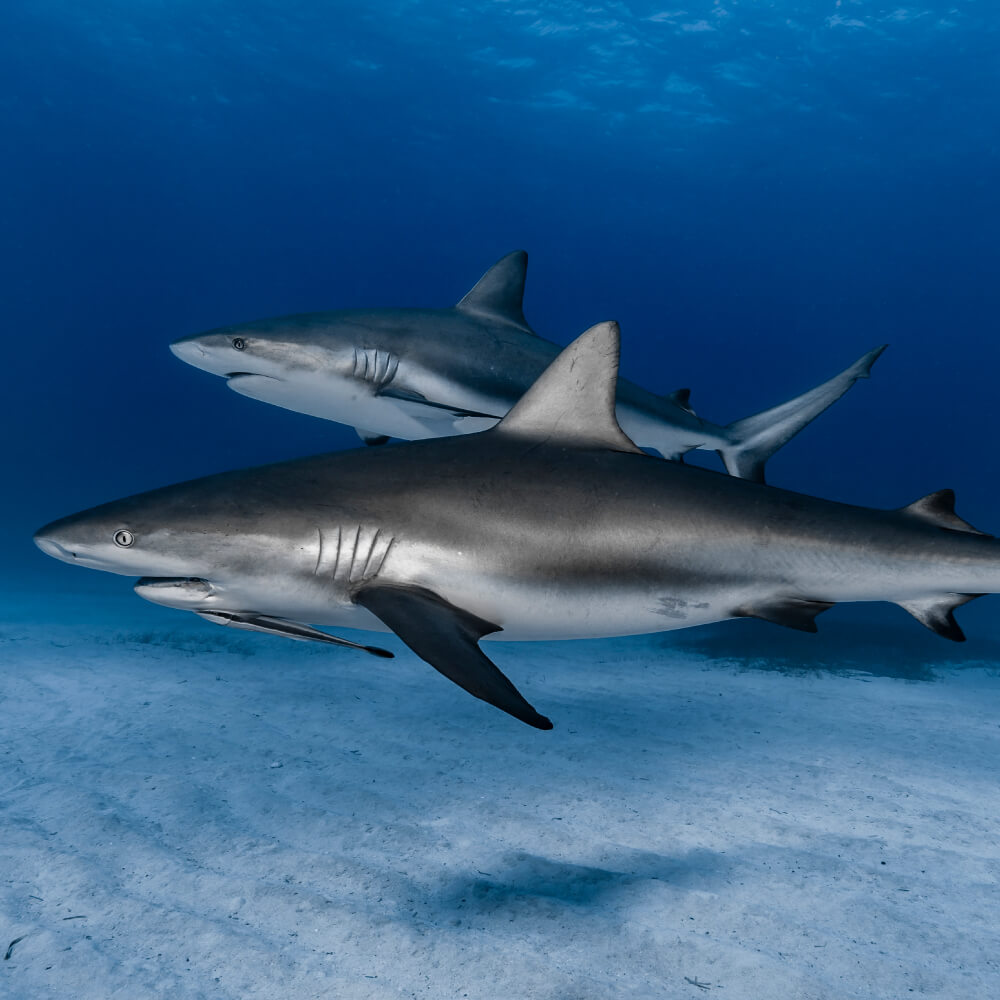
What do sharks eat?
Nearly all sharks are carnivores and eat almost anything, including fish, crustaceans, mollusks, marine mammals, stingrays and other sharks. However, some species have a tighter dietary diversity, such as the hammerhead sharks (Sphyrnidae) that prefer to consume stingrays over other food items when available.
Some types of sharks, including whale sharks (Rhincodon typus), basking sharks (Cetorhinus maximus) and megamouth sharks (Megachasma pelagios) are planktivorous, feeding on zooplankton, phytoplankton and other plankton.
Contrary to what you might have seen in movies and TV shows, humans are not part of a shark’s diet and, therefore they do not hunt people. Sharks may unintentionally bite humans when they mistake them for prey, like a person on a surfboard like a sea turtle.

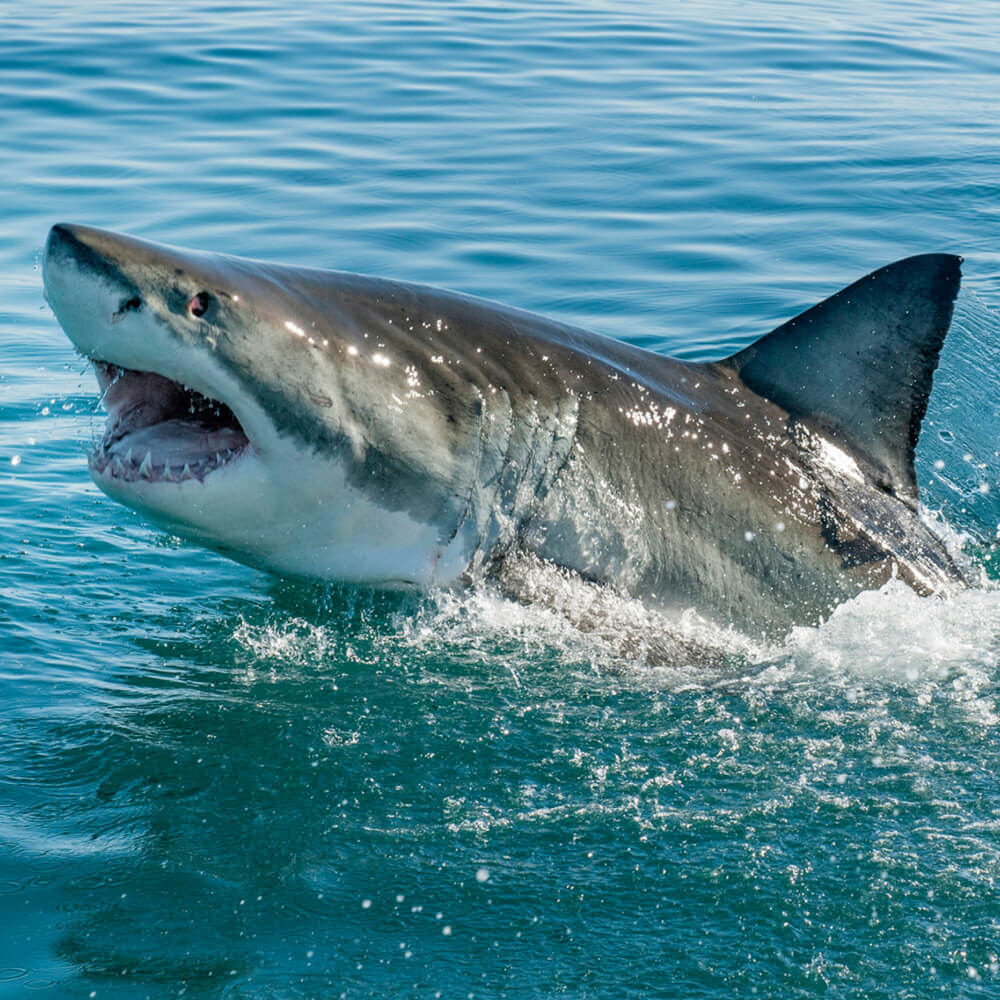

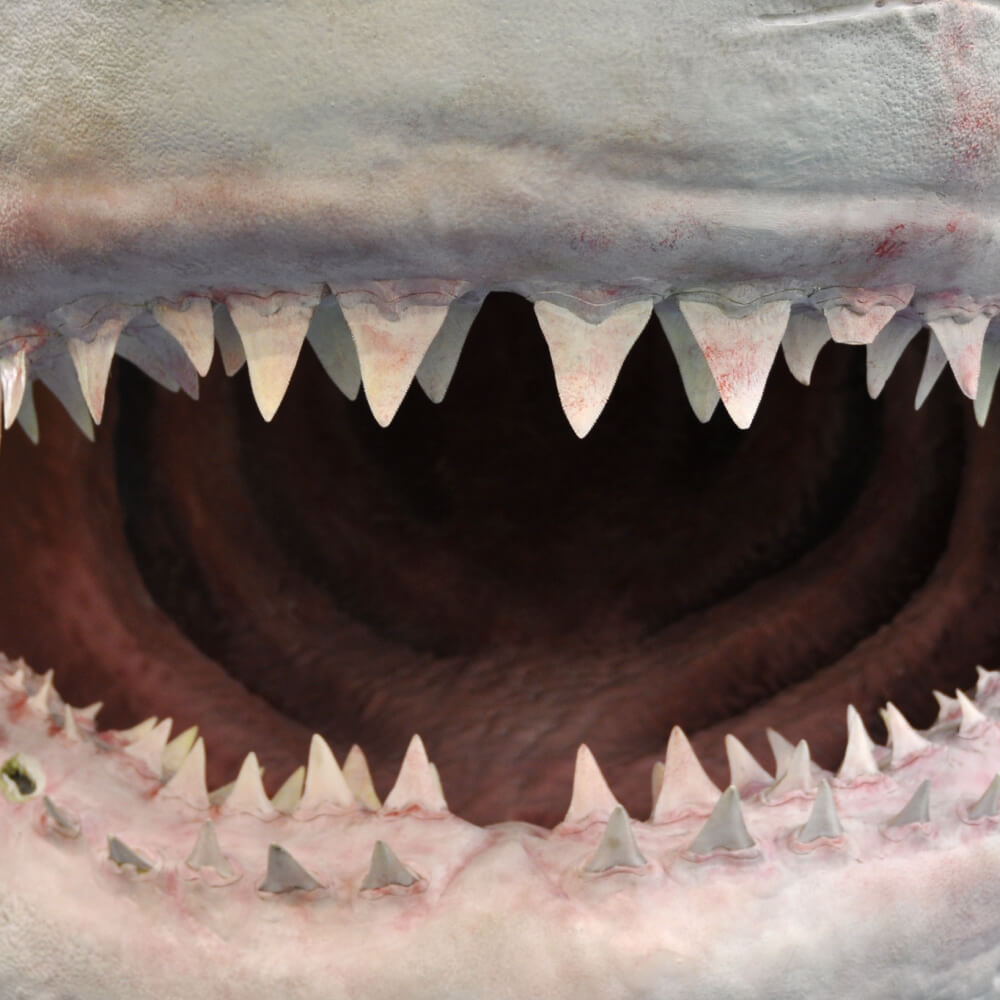
Where do sharks live?
Sharks can be found in different types of ocean basins around the world. They can live in tropical, temperate, cold and polar seas.
Blue sharks (Prionace glauca), whale sharks and mako sharks (Isurus) are often found in the open ocean or pelagic zones. The blacktip shark (Carcharhinus limbatus), gray reef shark (Carcharhinus amblyrhynchos) and zebra shark (Stegostoma tigrinum) typically live in coral reef areas.
Hammerhead sharks, angel sharks (Squatina) and saw sharks (Pristiophorus cirratus) prefer living in sandy plains, while lemon sharks (Negaprion brevirostris), sharpnose sharks (Rhizoprionodon) and sandbar sharks (Carcharhinus plumbeus) prefer estuaries as their habitats.
Sleeper sharks (Somniosus spp.) live in Arctic waters all year round, while bull sharks (Carcharhinus leucas) can navigate both fresh and saltwater areas. choose freshwater areas as their primary habitat.
Scientific facts about sharks
There are over 450 species of sharks scattered throughout the world. They have the following scientific classification:
Class: Chondrichthyes
Subclasses: Holocephali and Elasmobrachii
The elasmobranchs are divided into two superorders: selachi (sharks) and batoidea (families of rays).
The elasmobranchii fishes have cylindrical or flattened bodies, five to seven pairs of gill slits, dermal denticals or placoid scales, which are small, tough, toothlike scales that cover their skin, and an upper jaw unattached to the skull.
There are eight orders of sharks, which you can find below and some of the most popular species under them.
Carcharhiniformes
- Blacknose shark (Carcharhinus acronotus)
- Bull shark (Carcharhinus leucas)
- Caribbean reef shark (Carcharhinus perezii)
- Dusky shark (Carcharhinus obscurus)
- Great hammerhead shark (Sphyrna mokarran)
- Oceanic whitetip shark (Carcharhinus longimanus)
- Spinner shark (Carcharhinus brevipinna)
- Tiger shark (Galeocerdo cuvier)
Heterodontiformes
- Horn shark (Heterodontus francisci)
- Bullhead sharks (Heterodontidae)
Hexanchiformes
- Bluntnose sixgill shark (Hexanchus griseus)
- Broadnose sevengill shark (Notorynchus cepedianus)
- Frilled shark (Chlamydoselachus anguineus)
- Sharpnose sevengill shark (Heptranchias perlo)
Lamniformes
- Basking shark (Cetorhinus maximus)
- Bigeye thresher shark (Alopias superciliosus)
- Crocodile shark (Pseudocarcharias kamoharai)
- Goblin shark (Mitsukurina owstoni)
- Longfin mako shark (Isurus paucus)
- Megamouth shark (Megachasma pelagios)
- Salmon shark ( Lamna ditropis)
- White shark (Carcharodon carcharias)
Orectolobiformes
- Bluegrey carpet shark (Brachaelurus colcloughi)
- Epaulette shark (Hemiscyllium ocellatum)
- Nurse shark (Ginglymostoma cirratum)
- Spotted wobbegong (Orectolobus maculatus)
- Tawny nurse shark (Nebrius ferrugineus)
- Whale shark (Rhincodon typus)
- Whitespotted bamboo shark (Chiloscyllium plagiosum)
- Zebra shark (Stegostoma tigrinum)
- Pristiophoriformes
- Bahamas sawshark (Pristiophorus schroederi)
Squaliformes
- Bramble shark (Echinorhinus brucus)
- Great Lanternshark (Etmopterus princeps)
- Greenland shark (Somniosus microcephalus)
- Gulper shark (Centrophorus granulosus)
- Kitefin shark (Dalatias licha)
- Pacific sleeper shark (Somniosus pacificus)
- Pygmy shark (Euprotomicrus bispinatus)
- Spiny dogfish (Squalus acanthias)
Squantiniformes
- Angel shark (Squatina squatina)
Physical characteristics of sharks
Below are some notable physical characteristics of sharks:
Shape
A shark’s body has a fusiform shape, which means it is rounded and tapered at both ends. This quality allows them to reduce the energy they need to put into swimming. However, the wobbegong sharks (family Orectolobidae) and angel sharks (family Squatinidae) have flatter bodies than others.
Size
The dwarf lantern shark (Etmopterus perryi), a deep-sea shark, is the smallest shark and can only grow up to 17 centimeters (6.7 inches). The largest species is the whale shark, the world's largest fish, which can grow up to 18 meters (60 feet) in length.
Only 39 sharks are known to grow over 3 meters (10 feet). 176 species stay under one meter (39 inches) long. For most species, the females grow about 25 percent bigger than their male counterparts.
Fins
Nearly all shark species have five types of rigid fins. They use their caudal or tail fin, to move in a forward and downward motion. They also have a pair of pectoral fins, which are fins behind their gill slits that extend outwards. These help lift the front part of the body and counteract the downward force caused by the caudal fin and aid them as they steer in the water. Sharks usually have one or two dorsal fins, which work like the keel of a boat, keeping their bodies stable as they swim.
Color
Sharks are imbued with countershading qualities. Their bodies have darker tops that blend with the ocean depths when viewed from above while their light ventral side melds with the lighter surface of the water when seen from below. This quality serves as a camouflaging technique, or countershading, that protects them from predators.
Head
Sharks have lateral eyes which means the eyes are on the sides of the head, rather than the front. They have ventral external nostrils, and a ventral mouth.
Special adaptations
Below are the unique ways sharks have adapted to their environment to survive and thrive:
- The top lobe of the shark’s caudal fin is larger than its lower counterpart to help it move forward and downward at the same time.
- Some sharks have a horizontal keel on their caudal peduncle, the tapered part behind the dorsal and anal fins in their tail, which reduces turbulence and helps them swim fast.
- The placoid scales of sharks can create vortices or whirlpools behind them, enabling them to swim more efficiently.
Top facts about sharks
Below are some additional facts worth knowing about sharks:
- Most sharks swim at speeds of less than 5 kph (about 3 mph). Makos are among the fastest swimmers, with speeds that can reach up to 48 kph (30 mph).
- A shark’s eyes are sensitive to light and shadow, and its pupils can dilate and contract.
- Sharks have a sharp olfactory sense and can detect tiny amounts of blood and other substances in the water.
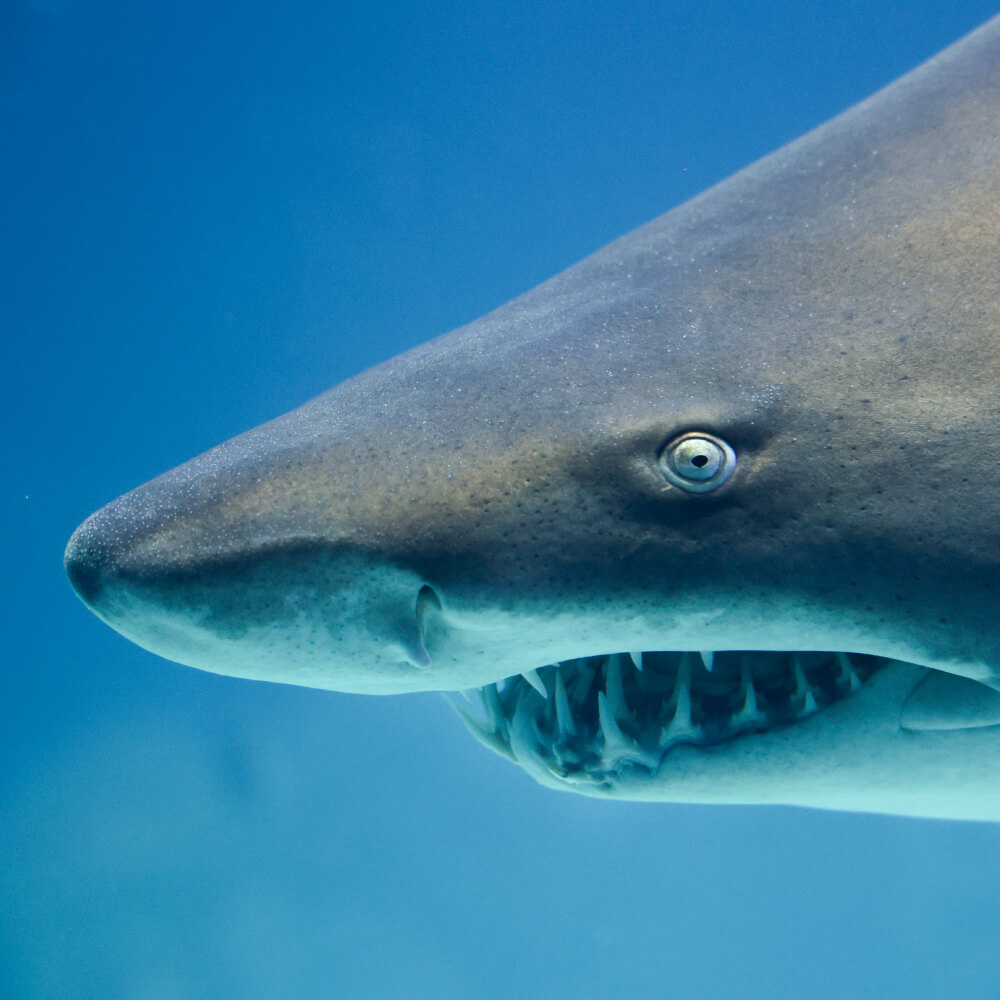

Are there sharks in Dubai and across the UAE?
Dubai is near the Arabian Gulf, which is home to 32 species of sharks, including bull sharks and tiger sharks.
Are sharks endangered?
According to the International Union for Conservation of Nature and Natural Resources (IUCN) around 37 percent of sharks and rays are threatened with extinction. Examples of sharks with decreasing populations are the blacktip reef shark, highfin dogfish, tiger shark and copper shark.
The population of sharks is decreasing due to the following reasons:
- Overfishing and finning
- Pollution
- Loss of habitat
- Slow reproduction rates
How can we protect sharks?
Many countries are taking action to protect sharks. These include establishing shark sanctuaries, banning shark fishing and enforcing strict regulations on shark finning.
You can also protect and conserve sharks through the following ways:
- Shopping sustainably when purchasing seafood
- Reducing your use of single-use plastics
- Advocating for shark sanctuaries
- Supporting conservation organizations
By taking these steps, you contribute to the survival and health of shark populations worldwide.
Embark on a journey to demystify sharks
The aquarium in SeaWorld Yas Island, Abu Dhabi is home to nine species of sharks. Watching these majestic sea animals swim in a dynamic marine environment will definitely leave you awestruck.
Visit the Abu Dhabi Ocean Realm to see white spotted bamboo sharks and Arabian carpet sharks up close. You’ll also be amazed by the other sea animals here that include rays, dugongs, sea snakes and sea turtles.
For a more exciting adventure, join the SeaVenture Underwater Walking Tour where you can go underwater, be one with the Ocean and watch various species of fish, rays and sharks in their habitat.
Did you like this story?
Sign up for our newsletter to receive alerts when we publish a new story.



